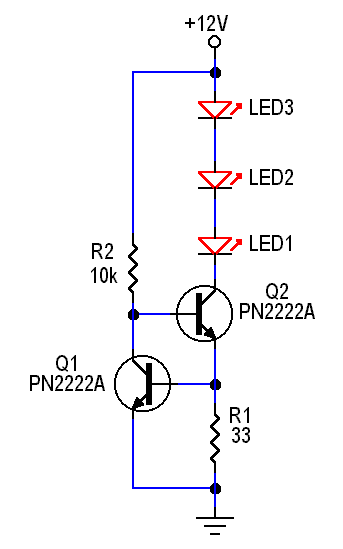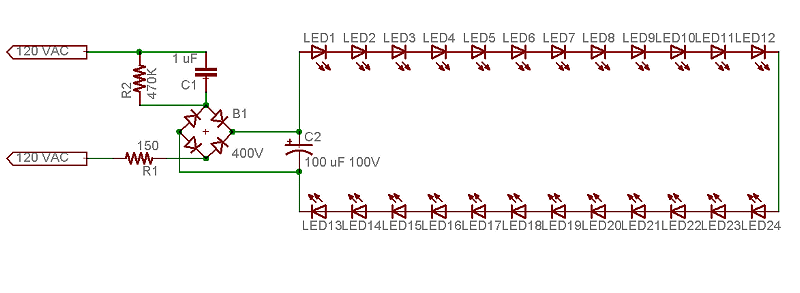I'm fairly new with working with LEDs and I'm not quite sure how to tackle this task.
I'm creating a grid that' s 24" by 36" and i need to place an LED every inch. I've bought 1000 5mm wideangle LEDs that are the standard 3.2V-3.8V with 30mA. I want to wire these in a way that they could either run off a wall outlet or from a USB cable (5V 500mA max allowance). I have an idea as far as that they need to be in parallel to be at their brightest but the amperage would be through the roof. Maybe wire it in parallel connections, each with 10 series LEDs? I know they wont be as bright but it should bring the amperage down.
Also im not sure what type of resistor to use and where to place it..
Any help would be greatly appreciated!
I'm creating a grid that' s 24" by 36" and i need to place an LED every inch. I've bought 1000 5mm wideangle LEDs that are the standard 3.2V-3.8V with 30mA. I want to wire these in a way that they could either run off a wall outlet or from a USB cable (5V 500mA max allowance). I have an idea as far as that they need to be in parallel to be at their brightest but the amperage would be through the roof. Maybe wire it in parallel connections, each with 10 series LEDs? I know they wont be as bright but it should bring the amperage down.
Also im not sure what type of resistor to use and where to place it..
Any help would be greatly appreciated!



